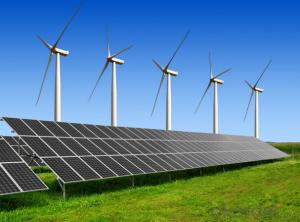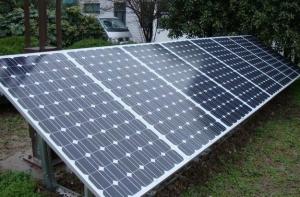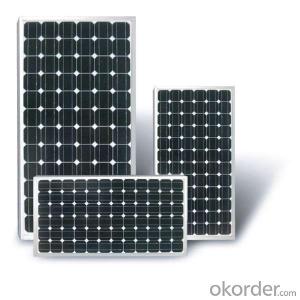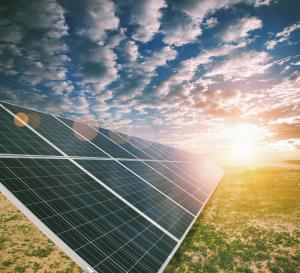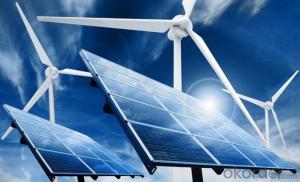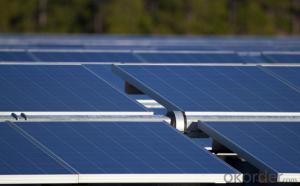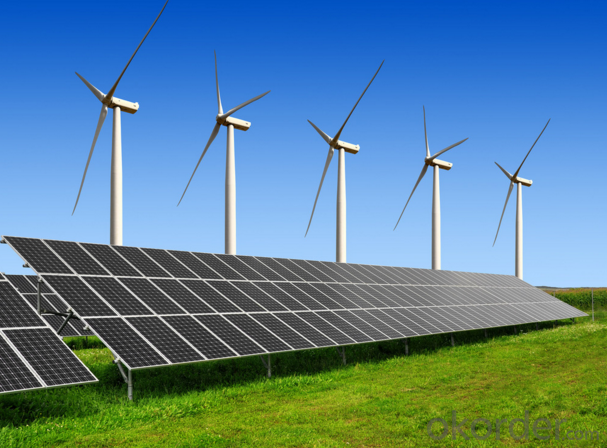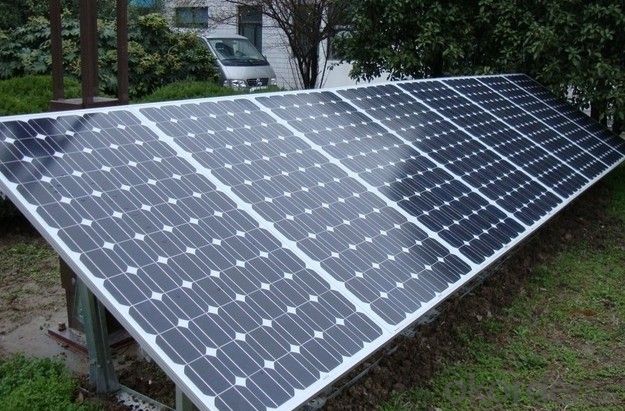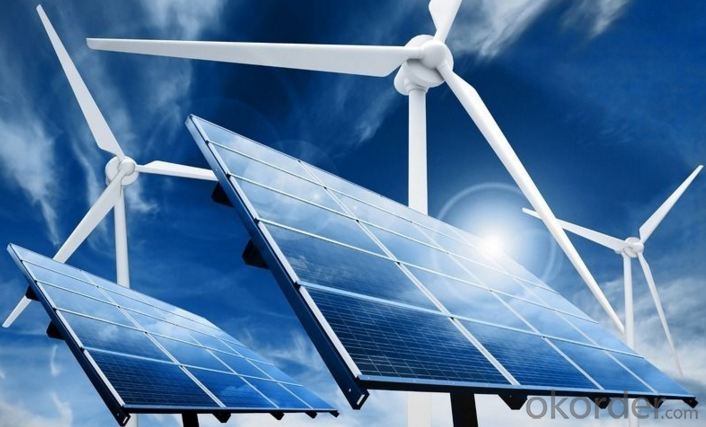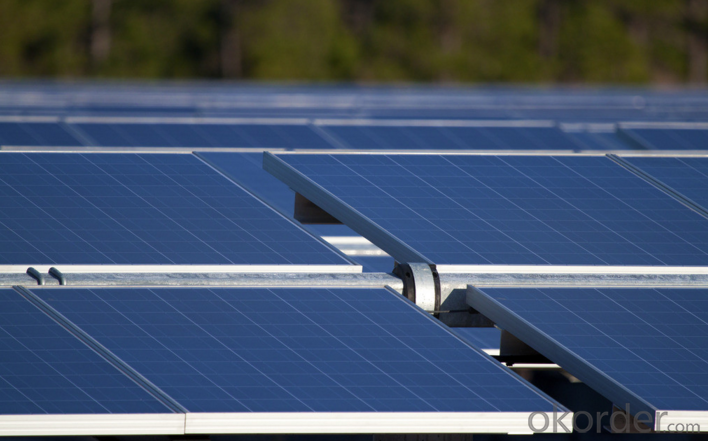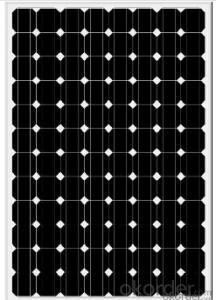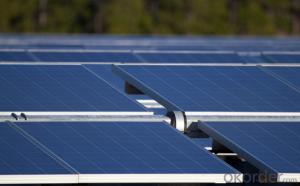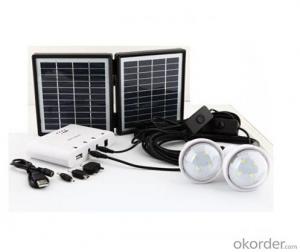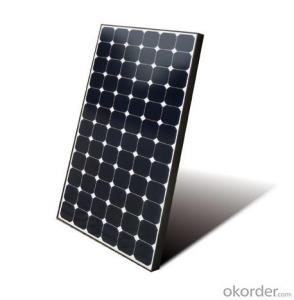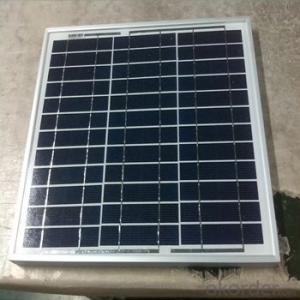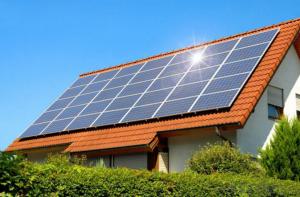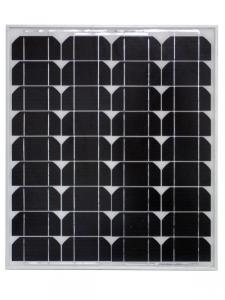Bp Solar Panels CNBM-K9 Series 10KW Solar Home System
- Loading Port:
- Shanghai
- Payment Terms:
- TT OR LC
- Min Order Qty:
- 1000 watt
- Supply Capability:
- 100000000 watt/month
OKorder Service Pledge
OKorder Financial Service
You Might Also Like
Specification
1.Description of the Solar Panel
Solar Home System CNBM-K9 Series 10KW Solar Panel
CNBM Solar's photovoltaic module is designed for designed for large electrical power requirement. It is the optimal choice for both on-grid and off-grid power systems. CNBM Solar offers high performance of power per square foot of solar array.
2.Characteristics of the Solar Panel
Inverter
Inverter | Rated load power | 10KW |
| Outout wave | Pure sine wave | |
| Input voltage | DC 220V | |
| Output voltage | AC 220V | |
| Output frequency | 50HZ | |
| Precision of output frequency | ±0.04HZ | |
| Solar panel | Pmax | 200W*55PCS |
| Vmp | 26.84V*11 | |
| Imp | 7.45A*5 | |
| Charger controller | Charger voltage & current | 220V/50A |
| Battery | Capacity | 12V150AH*18*2PCS |
| Support | aluminum | 11PCS/SET*5 |
| Power box | Spary paint iron box, with input, output, ammeter, volmeter, master switch and so on. | |
| Electrical loads in Winter (For Consult) | Electrical loads in Summer (For Consult) | ||||||||
| Name of Load | Power(W) | Quantity | Working Time per Day(H) | Working Days | Name of Load | Power(W) | Quantity | Working Time per Day(H) | Working Days |
| Color TV | 80W | 2 | 5 | 3 days | Color TV | 80W | 3 | 6 | 1.5 days |
| Fridge | 180W | 1 | 8 | 3 days | Fridge | 180W | 1 | 8 | 1.5 days |
| lamp | 11W | 4 | 5 | 3 days | lamp | 11W | 4 | 8 | 1.5 days |
| Computer | 150w | 2 | 5 | 3 days | Computer | 150W | 2 | 5 | 1.5 days |
| Heater | 1200W | 2 | 4 | 3 days | Air-conditioner | 1500W | 3 | 5 | 1.5 days |
3.Package Data of the solar Panel
| Part | Size(L*W*Hmm) | Weight(kg) | 20'(pcs) | 40'(pcs) |
| Power box | 500*550*1500 | 140 |
6pcs |
8pcs |
| Solar panel | 1482*992*40 | 450 | ||
| Battery | 1100*520*650*4 | 1100 |
4.Applications of the Solar Panel
1.Small power supply
2.transportation
3.Family power of lamps and lanterns
5.IMages of the Solar Panel
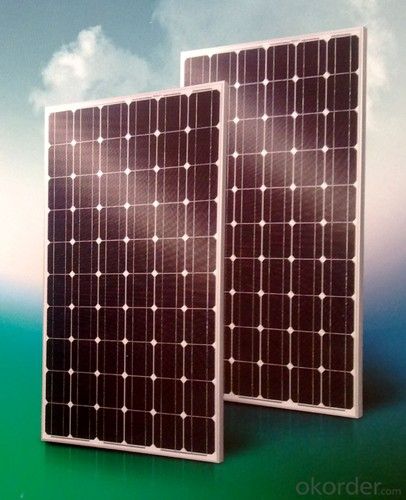
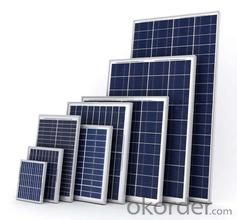
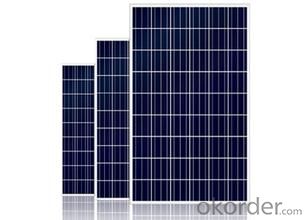
FAQ
1. Q: Do you have your own factory?
A: Yes, we have. Our factory located in Jiangyin city, jiangsu province.
2. Q: How can I visit your factory?
A: Before you take off from your country, please let us know. We will show you the way,or arrange time to pick you up if possible.
3. Q: Do you provide free sample?
A: Usually we do not offer free sample
4. Q: Could you print our company LOGO on the nameplate and package?
A: Yes, we can do that.
- Q: Can solar panels be installed on walls?
- Yes, solar panels can be installed on walls. However, it is important to consider the orientation and angle of the wall to ensure maximum sunlight exposure for efficient energy generation. Additionally, the strength and stability of the wall should be evaluated to support the weight of the solar panels.
- Q: Can solar panels be leased or financed?
- Yes, solar panels can be leased or financed. Many companies offer leasing options where homeowners can rent solar panels for a monthly fee. Additionally, there are various financing options available, including loans and power purchase agreements, which allow homeowners to pay off the cost of solar panels over time.
- Q: Can solar panels be installed on swimming pools?
- Yes, solar panels can be installed on swimming pools. Solar panels can help to power pool pumps, heaters, and other equipment, reducing energy costs and making pools more energy-efficient.
- Q: Can solar panels be installed on wearable devices?
- Yes, solar panels can be installed on wearable devices, but their effectiveness may be limited due to the small surface area available for solar absorption. Additionally, the amount of energy generated may not be sufficient to power the wearable device continuously. However, advancements in solar technology may make it more feasible and efficient in the future.
- Q: How about using Solar Panals to provide the electrical power to separate the H2 from the O? H2 would be fed into the engines carburator like a gas/air mixture ratio, but H2/air mixture ratio instead. How would you control the exact measurements?
- It's an idea that will be done someday. But right now the problem is that there are much cheaper ways to get energy and run cars. So no one would use this one, because it just costs too much. As other sources of energy get costlier, and we figure out how to make solar panels better and more cheaply, this will be done. The best way known now to use the hydrogen in a car is to put it into a kind of electricity generator called a fuel cell. Then the electricity runs an electric motor. Controlling the measurements into the fuel cell is pretty easy just with a simple flow meter.
- Q: can you buy single solar panels say to power a washing machine fridge etc.if so where can i buy them from
- Solar electricity for single appliances high power is not easily available. By the time you fit the solar panel and all the technology to convert the power into the correct voltage and current, you may as well fit one which will provide for all electricity needs. I have a solar panel charger which can be used to provide power for direct current operated devices and they are a useful backup if your phone or iPod runs out of battery power whilst on the move. The UK energy saving trust has some great advice on how to reduce fuel costs and going green generally, but their major message is conserving energy, using less, is the best thing that you can do for the planet.
- Q: i am doing this group project fro school. I would like to know if anybody knows anything about how to read a Spec. Sheet on Solar panels and where I could go to start researching them. Anything would be great!
- Rate ,power , voltage and effencicney are four important iterms to choose one battery.
- Q: Can solar panels be installed on museums or cultural centers?
- Yes, solar panels can be installed on museums or cultural centers. In fact, many museums and cultural centers are adopting solar energy systems to reduce their carbon footprint and save on electricity costs. Solar panels can be installed on rooftops, parking lots, or even as shade structures, providing clean and renewable energy for the facility's operations.
- Q: Me and my friend have made our own functional solar panels for considerably less than retail prices and we are thinking about selling them. Are there any legal issues regarding this? Would I need any special licenses or anything? Would using brand name components or parts in the panels make any difference legally? I want to know before I just go out and start doing it. Thanks!
- Would those be heating panels, or electric panels? If the latter, you would not have any safety certifications (I assume), so the panels would be illegal to use for a serious, grid-tied system. You would need to make this clear to your customers, that they could only connect to stand-alone systems. If this is in the US, there is always some finite danger of lawsuits if your product is defective. If the water heater leaks or blows up on someone's roof, you might have to go to court to defend yourselves. Even if you disclaim all warranties, in some states, if you sell something as a water heater then it has to heat water reasonably, and also not be hazardous. In other words, fit for its purpose. Check your local laws.
- Q: a fiber optic network could distribute solar energy from warm states to the rest of the country. Using a Federally created program,the energy would be used through a trust program to benefit all of our citizens equally. It would create thousands of jobs and help us with our dependence on foriegn oil supplies. This is no different than work programs created by the Feds during the 930's depression era.
- Claire's argument doesn't make much sense to me either. First; Claire is talking about the second law ('you can only lose or break even'), not the third law ('you can't get to absolute zero'). Easily confused, but not that important! Putting a solar panel down _can_ increase the heat absorbed by Earth. Everything has an 'albedo' (the proportion of incoming light it reflects), and Earth's average albedo is about 0.3 (ie 30% of incoming light is reflected, most of which leaves the atmosphere straight away). By putting a 0.05 albedo solar panel down on a 0.3 albedo surface, you increase the amount of sunlight that is absorbed by Earth and therefore contribute to warming. This heat is re-radiated at the Earth's temperature, in the right wavelength range to be absorbed by greenhouse gases too. If you put a panel down on equatorial ocean, or a black roof, however, there is pretty much no effect (since the albedo change is small). Also, the heating effect only lasts as long as the panel is there. Most panels are estimated to last 50 years, meanwhile CO2 has a mean lifetime of 00+ years. I did some maths and found that the 00 year averaged change in radiative forcing for solar panels was negative compared to the UK electric grid, because the reduction in CO2 emissions has a larger effect than the change in albedo. If I have spare time tomorrow I'll redo the calculations and share them. The albedo change has to be considered though!
Send your message to us
Bp Solar Panels CNBM-K9 Series 10KW Solar Home System
- Loading Port:
- Shanghai
- Payment Terms:
- TT OR LC
- Min Order Qty:
- 1000 watt
- Supply Capability:
- 100000000 watt/month
OKorder Service Pledge
OKorder Financial Service
Similar products
Hot products
Hot Searches
Related keywords
